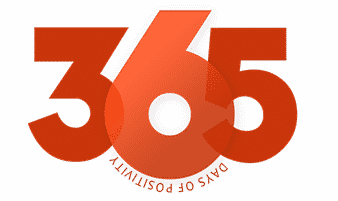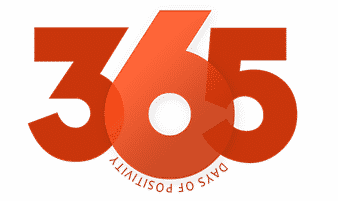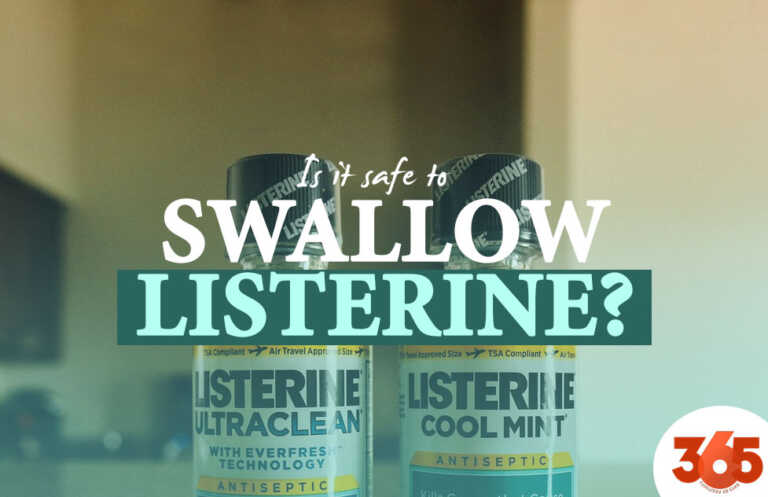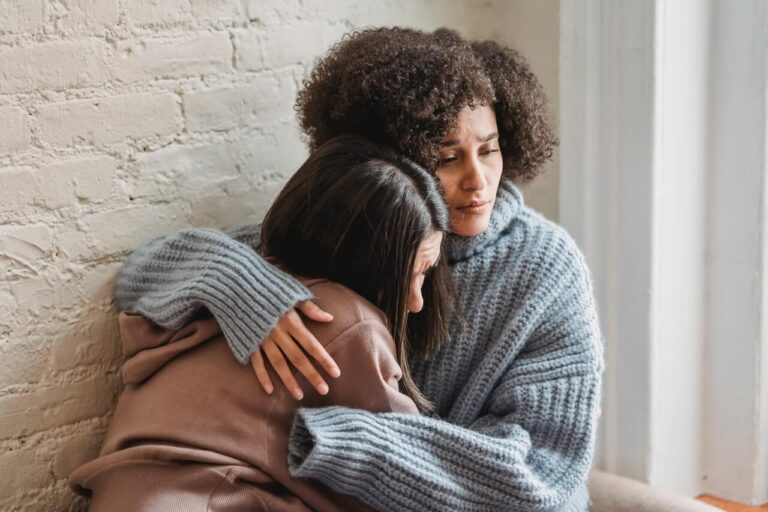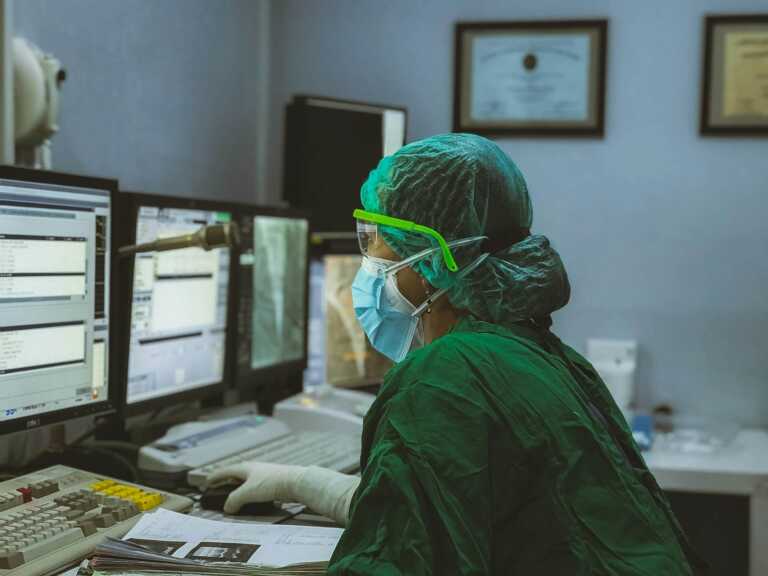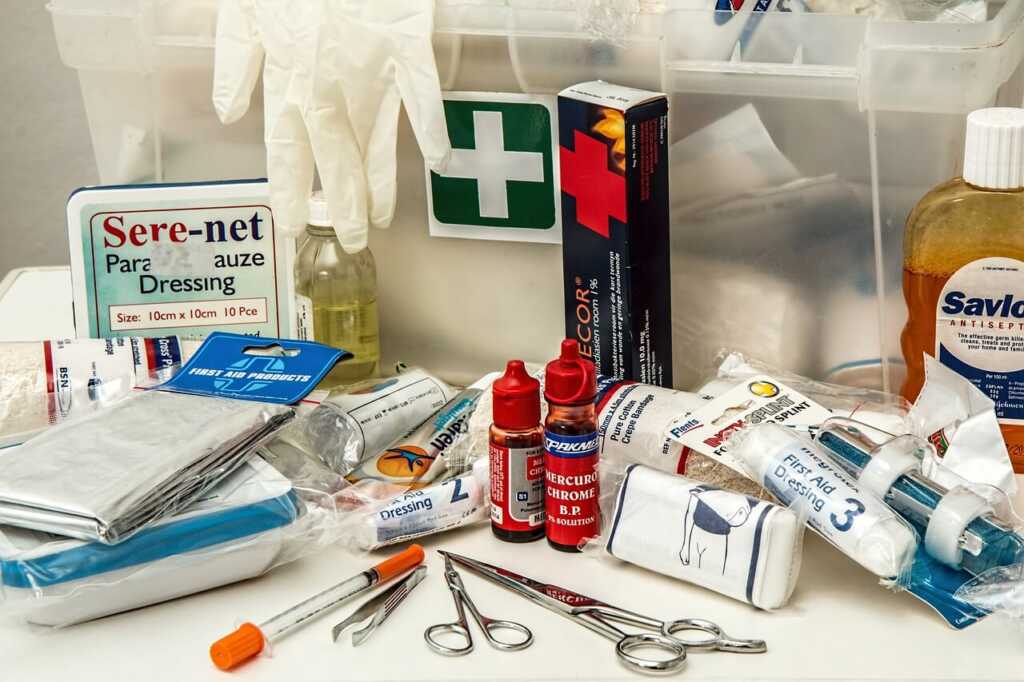
Even though no one ever imagines that something bad is going to happen (such as any type of accident) while they’re spending time in their home, the truth is, these things can happen at any given moment, and sadly, frequently, cannot be foreseen.
However, what you can do, is to properly prepare yourself for them. One of the best things that you can have by your side is a first-aid kit, that can be of huge assistance in these instances. If you would like to know how to build one, then just take a look at these tips below.
Let’s Begin With The Manual
There’s no need to remind you these kits can be of huge help whenever you need to provide some assistance to an injured or sick person. Now, although there’s no doubt that they are very beneficial, it’s going to become completely useless, if the person who is using them doesn’t have the slightest idea how to properly employ them.
If you want to be sure you are doing everything correctly, then you simply must go through the first-aid manual. Practically every first-aid kit, even the military IFAK first aid kit comes with a manual that you can always consult whenever you’re in doubt. Out there, you’ll get the necessary advice concerning treating burns, wounds, sprains, and many other problems.
You Should Have Bandages & Cleaning Supplies As Well!
One of the most common types of injuries is related to cuts and burns, hence it’s of huge importance to have bandages and cleaning supplies within your reach. To properly address these problems, you need to have a first-aid kit that contains the following:
- Adhesive bandages of different sizes
- Adhesive bandage tape
- Gauze pads
- Roller bandages
- Antiseptic wipes
- Hydrogen peroxide
- Latex gloves
- Antibiotic ointment
- Hydrocortisone cream
Essential Documents
Apart from all the things that were mentioned today, your first-aid kit must contain a list of important contact numbers (such as your family members, friends, and neighbors), along with the emergency numbers, in case an emergency arises.
Besides that, it would also be advisable to add information regarding the medications that you are using, medical histories, allergies, and other relevant documents that could be beneficial to the healthcare providers because, after all, they will be the ones who will provide you with the necessary medical care.
Don’t Forget A Thermometer
This is generally something that every household should have, even if they do not have a first-aid kit in their possession. Now, if you notice that you, or anyone else has a temperature that’s above normal, it most likely means that that person is dealing with a certain infection, or even some more or less serious illness.
That’s why it’s pivotal to have a thermometer in your first-aid kit, to determine whether someone has a fever, and what to do next if that’s the case.
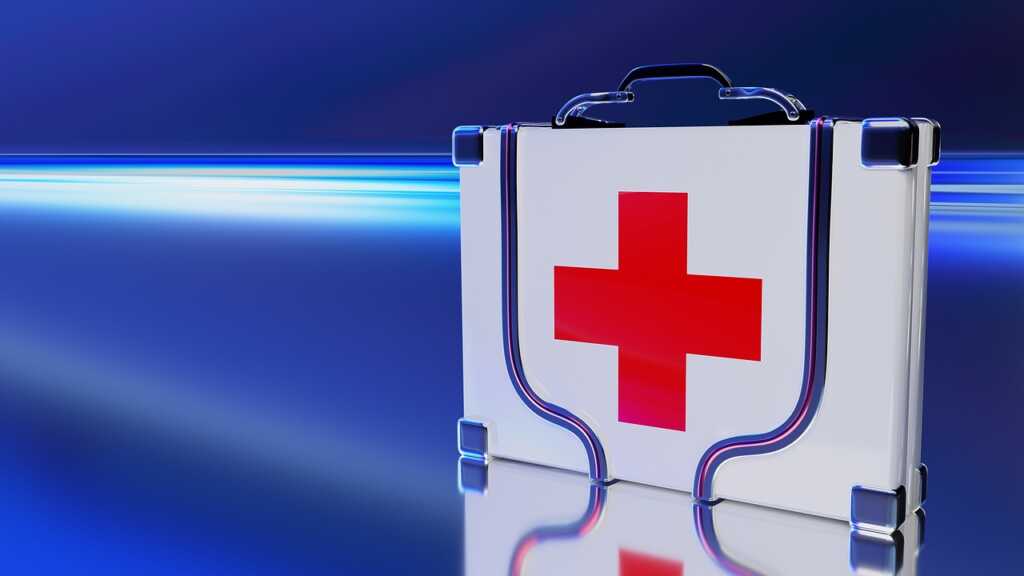
The first-aid kit should consist of a variety of essentials. Today, we decided to focus on the ones that we considered a must as far as this is concerned, but it’s up to you to decide what you’ll put inside.
